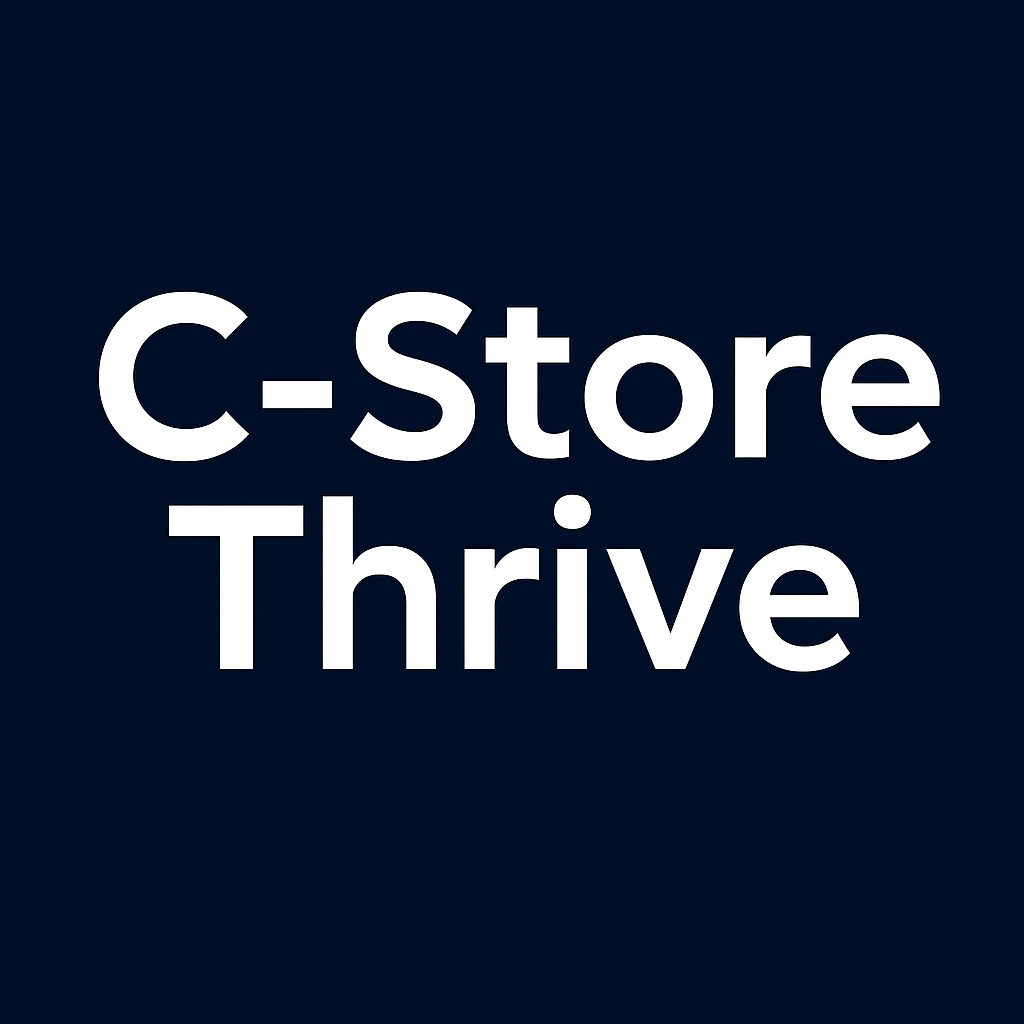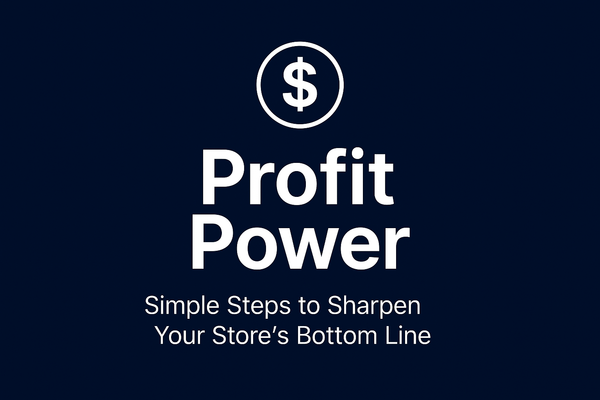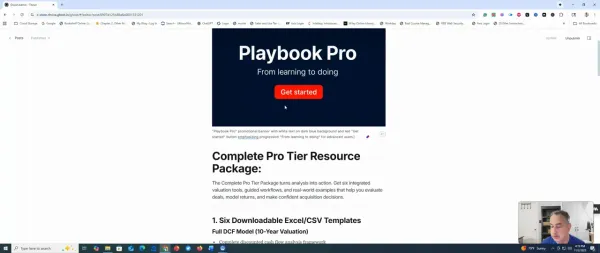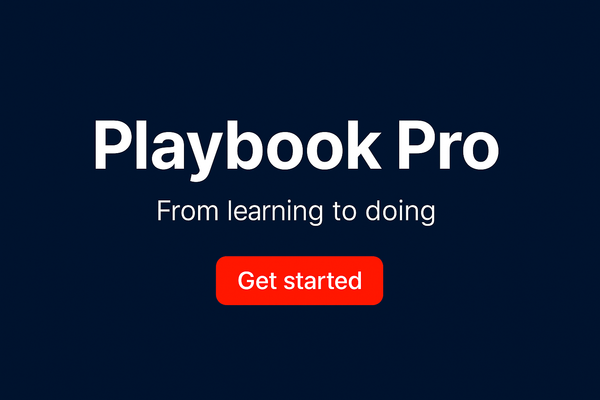Interview to Win: Store-Level Hiring That Builds Strong Convenience Teams from Day One
Most store interviews rely on instinct. This guide shows how to use structure, feedback loops, and peer input to hire for reliability and culture fit—so you build teams that last instead of starting the hiring cycle all over again.
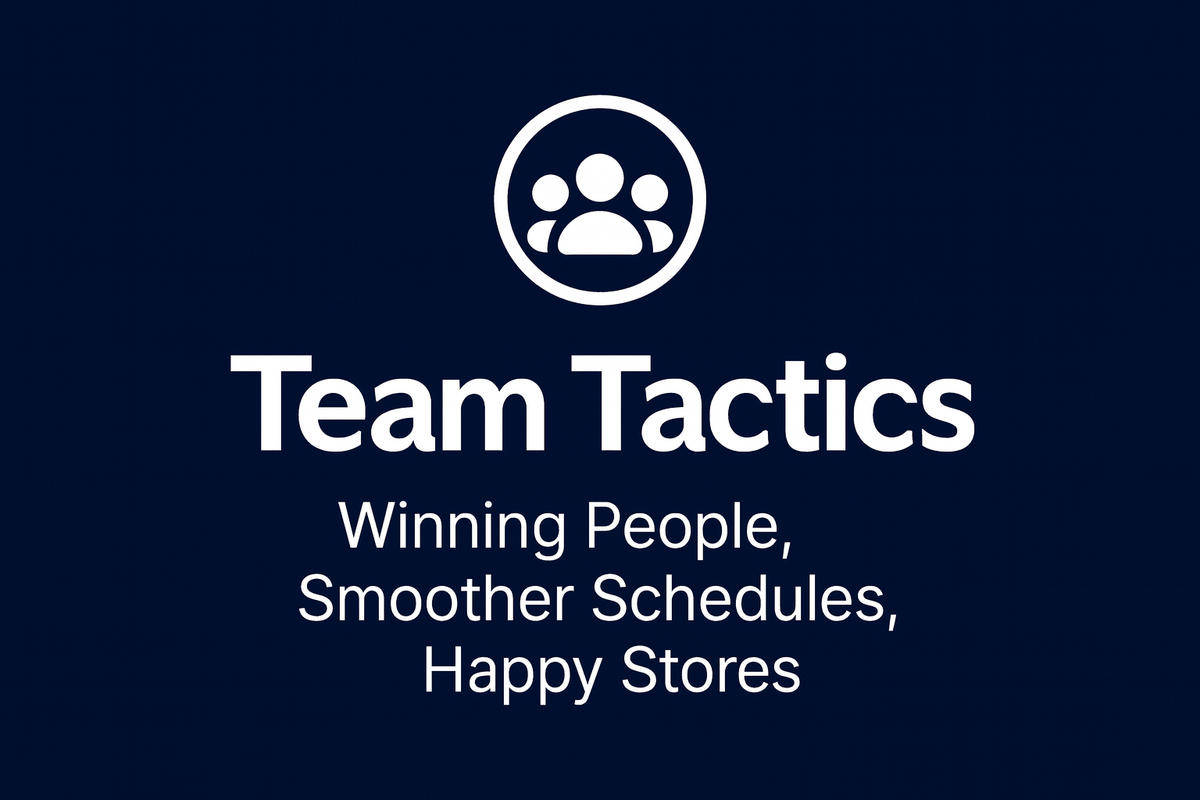
Across the convenience store industry, annual turnover rates often soar past 120% according to NACS data. In contrast, high-performing chains that apply structured candidate screening and encourage open feedback loops consistently hold turnover below 50%. Many operators continue to trust their instincts or use whatever interview questions they find online, which squanders the real opportunity to hire for dependability, teamwork, and culture fit. When the interview process is planned and clear, it lays the foundation for a strong team. If done poorly, it is the first step toward more hiring frustrations.
What an Effective Store Interview Looks Like: Radical Transparency as Competitive Edge
The essentials of smart interviewing include:
- Using a set of core questions for every candidate that focus on reliability, honesty, customer attitude, and work ethic.
- Relying on a behavioral approach, for example, "Tell me about a time you handled a tough customer," to get real stories instead of guesses.
- Taking visible notes, applying a consistent rating system, and explaining criteria clearly so decisions are based on the truth rather than instinct or rank.
- Communicating openly about expectations and the realities of the job rather than just trying to make the job attractive.
Ray Dalio’s idea of Radical Transparency and Feedback Loops is about consistently letting the truth come first, not workplace hierarchy. Practically, this means inviting candidates onto the sales floor, letting them observe or even integrate with team members, taking questions from coworkers, and collecting structured peer feedback. When your whole team bears responsibility for who joins, better hiring decisions follow.
Structured Interviewing: From Guesswork to Predictable Performance
A top-tier store interview process includes:
- Preparing by reviewing the behavioral traits that really make someone succeed in the job instead of just repeating job list items.
- Kicking off each interview by explaining the steps openly and noting that current team members will participate.
- Using a core bank of 8 to 10 well-designed questions about managing lateness, handling store cash, defusing conflict, doing extra for customers, or owning up to mistakes.
- Probing deeper with questions like "Tell me more" or "What did you learn," which draws out the specifics.
- Adding short practical tests, such as greeting a customer or restocking a shelf, in real store conditions to see how the candidate responds in context.
- Rating each answer on a simple 1-to-5 scale, with immediate notes about strengths or concerns.
- Always involving at least one coworker in the final decision process.
Transparency and structure reduce bias and the risk of hiring the wrong person. As you collect more data, it becomes clear which responses and skills are most likely to lead to success on your team.
The Dalio Approach Applied: Culture Fit Is Everyone’s Responsibility
Ray Dalio would ask, "Are the questions we are asking really about what the work demands? Are we trying to see how a person will handle real daily challenges, or are we testing for the wrong qualities? How can candidates get direct, honest feedback from future teammates before they are hired instead of after?"
Build your process on what team members can actually see and verify:
- Make sure peers observe and participate during trial work shifts.
- Encourage absolutely honest feedback from both the candidate and the team right from the interview stage.
- Use anonymous reflections from managers to capture why former hires worked out or not.
- Require an open group conversation before making any job offer.
This approach leads to improved hiring accuracy because the whole team evaluates attitude and fit. Lower turnover follows because mismatches are spotted early. Onboarding moves faster when the whole team has agreed on the new hire and everyone becomes more invested in making the group succeed.
Putting Radical Transparency and Feedback Loops into Practice
You can bring these principles to life by:
- Using a standardized interview toolkit, which includes core and situational questions, a score sheet, and a checklist for red flags, all used for each candidate.
- Making peer involvement mandatory either by observing interviews or leading part of the role play.
- Including a micro “working interview” such as a real greeting or a short practical test as part of the hiring steps.
- Writing a short hiring summary after each interview, where the hiring manager notes both the reasons to hire and any hesitations.
- Always sharing the decision and rationale with everyone involved including unsuccessful candidates and the current team.
- After four weeks, asking for feedback on each new hire from both peers and managers, and then using that information to continuously refine the process.
This kind of transparent, systematic interviewing works just as well for independent stores as for multi-location brands. Whether you use paper forms or digital tools, a consistent and open approach leads to better hiring outcomes.
Conclusion
A convenience store that relies on a clear, honest, and team-driven interview process will build a stronger, longer-lasting staff. In both hiring and management, the truth produces the best results.
"Build a culture where the truth wins, not hierarchy." When interviews rely on team feedback and everyone’s perspective, stores attract and keep top-notch staff who contribute to long-term success.
This article is part of the weekly "Team Tactics" series from C-Store Thrive.
If these ideas challenged how you hire, send C-Store Thrive to other owners and managers who want to create great teams and avoid costly mis-hires.
